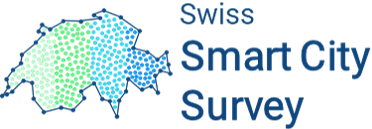Research Design
Here you will find all information on the data basis and the analysis of the Swiss Smart City Survey.

What is SSCS?
The Swiss Smart City Survey (SSCS) aims to 1) record the development status, trends and needs of cities and municipalities in Switzerland with regard to their transformation to Smart Sustainable Cities & Communities and the implementation of Smart City solutions and 2) track developments and trends in the Smart City sector over a longer period of time. To this end, an online survey is conducted periodically every two years, to which all cities and urban municipalities are invited.
Data collection
For data collection, all cities and urban municipalities according to the FSO classification are contacted. In 2022, 87 of the 170 cities/municipalities contacted took part (51%). When the survey was first conducted in 2020, 84 of 171 cities/municipalities (49%) took part. The Swiss Smart City Survey (SSCS) is conducted regularly every two years. The regular survey allows developments and trends in the smart city sector to be tracked over a longer period of time and changes to be recorded. The survey is conducted online. The questionnaire contains closed and open questions and is standardised. This ensures the highest possible intertemporal comparability. Only cities/municipalities that answer at least the questions on organisational design are included in the analyses.
Data analysis
Below you will find detailed information on the data analysis of the Swiss Smart City Survey. A panel of smart city experts was involved in the development of the evaluation concept.
Defining Comparison Groups
As a basis for the formation of the comparison groups, the categorization of the cities according to the Federal Statistical Office (BFS) were used and paired with the information provided by the municipalities that filled out the survey. In a comparison group, there must be at least n=4 cities/municipalities that filled out the survey completely in order to preserve the anonymity of the cities/municipalities. If there are fewer, this comparison group is paired with the next size category.
Description/definition of the comparison groups
The four comparison groups of the Swiss Smart City Survey are as follows
- Large agglomeration: Cities in a large urban agglomeration, all of which belong to the FSO municipality type “Urban municipality of a large agglomeration (11)”.
- Medium agglomeration: Cities in a medium-sized urban agglomeration, all of which belong to the FSO municipality type “Urban municipality of a medium-sized agglomeration (12)”.
- Individual towns: Towns in a small or no agglomeration, all of which belong to the FSO municipality type “Urban municipality of a small or outside agglomeration (13)”
- Rural centres: Towns with a high density, but whose municipal character is dominant, including towns/municipalities that belong to the FSO municipality type “Peri-urban municipality with high density (21)” or the type “Rural centre municipality (31)”.
Calculation of the Smart City Index
- Smart Mobility: Creating clean mobility and logistics, promoting efficient means of transport, intermodality and sharing concepts.
- Smart Environment: Resource- and environmentally friendly development of the urban environment (buildings, public spaces, infrastructure systems), promotion of renewable energies and use of synergies.
- Smart Economy: Establishment of an innovative, resource-saving and open economic system that relies on networking, cooperation, circular economy and flexible working models.
- Smart People: Use and promotion of resources of the inhabitants as well as ensuring lifelong learning, participation, social integration and openness to creativity.
- Smart Governance: Intelligent, needs-oriented and transparent control of urban administrative processes and infrastructure as well as interaction between residents and the administration.
- Smart Living: Ensuring a barrier-free, communal, safe and healthy life based on equal opportunities.
- Smart Data: Collection, processing and use of data in real time (internet of things, artificial intelligence, virtual reality, etc.) and ensuring cyber security.
- Smart Infrastructure: Establishment and maintenance of a modern ICT infrastructure as well as urban services and networks (health, education, emergency organizations, structural measures in the area of transport & traffic, etc.).
- Enabler: Formal anchoring of the smart city in the administrative organization, corresponding strategic goals, political mandates or designated budgets, which serve as drivers in the development of a smart city.
Each of the nine dimensions is composed of four to ten individual indicators, which were developed by the project consortium and with all partners. In addition to the already existing projects and structures of a smart city, planned activities were also taken into account, but with less weight.
To calculate the dimensions, the indicators were weighted according to their importance. The weighting was carried out by a panel of seven experts who are intensively involved with the topic of smart city. In selecting the experts, care was taken to ensure that they were as independent as possible, i.e. they do not work for a city or a company that offers smart city solutions. The experts come from the sciences, associations and public administration (excluding cities). The panel of experts included people with a technical background as well as those from the social sciences in order to avoid a one-sided weighting of the indicators. By means of a three-phase Delphi procedure, all indicators were weighted for the respective dimension. A maximum of 100 points can be achieved per dimension.
Determining the developmental phase
The criteria for each phase range from not very strict at the pilot project phase, where it suffices to be actively working on smart city topics, somewhat strict for the institutionalization phase where criteria must be partially fulfilled, and very strict for the establishment phase, where all criteria must be fulfilled. Therefore, the barriers for reaching the first phase tend to be low, whereas the next phases become increasingly demanding with much higher barriers.

